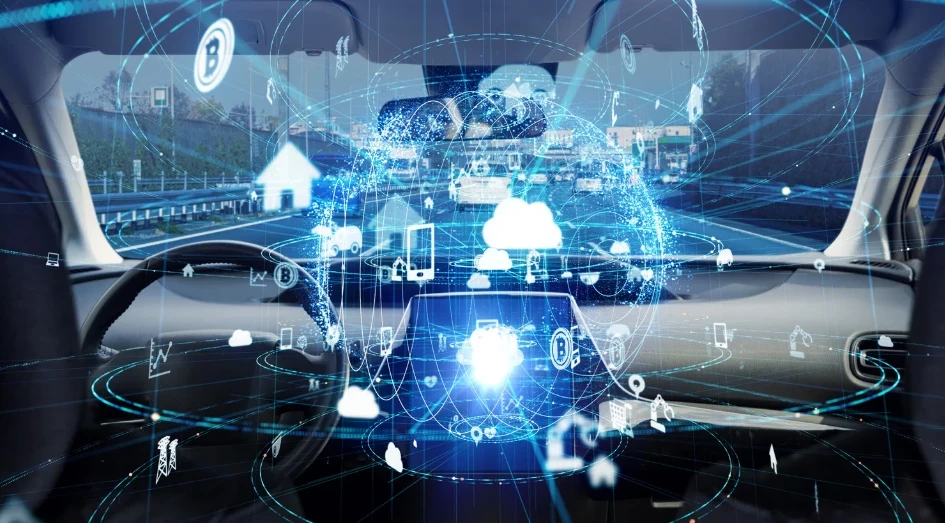Driving Into The Future: Driverless Cars
Add bookmarkThe future is here. The technology of driverless cars are among us, and they are getting better and better each day. In just a few short years, our world will be very different from what it is today. Soon, driverless cars will outnumber human-driven vehicles on our roads. What does this hold for us? Well, here is how driverless cars will drive us into the future.
Transport As A Service
Transport as a service (TaaS) will do away with the need to own private vehicles. There will be fewer vehicle owners on the road. Instead, pay-as-you-go services like Uber today will take over the transportation space.
TaaS will also make a lot of businesses redundant. Car dealers, mechanics, car washes, auto spare shops, and gas stations will likely go the way of the dodo.
Vehicle Design
The design of vehicles will change radically. Firstly, vehicles on the roads have more character. You will be able to customize your vehicle of choice, meaning more vehicle shapes and models will come up. Additional vehicle functions such as having connected pods and energy saving mechanisms will change the entire look of vehicles.
Next, since driverless cars do away with the human driver component, designing for crash protection will change. Furthermore, the vehicle construction materials and technology will also change. Self-driving cars will be entirely electric, meaning the bulky designs built for fossil fuels will no longer be necessary. Space requirements for a small rechargeable battery as compared to a fuel tank and all that comes with it differ greatly. Vehicles will, therefore, have more internal space.
Finally, since the human component will have been replaced, vehicles will likely not have the use for headlights. Autonomous vehicles rely on infrared and radar technology to take stock of their environments. They do not need bright light to see especially at night as we do.
Roads
Safer vehicles will vastly change how we design our roads. Fewer people will own vehicles, therefore fewer cars on the roads will make the need for wide multi-lane highways obsolete. Plus, driverless cars need much less space between them too. So normal roads will be narrower. Infrastructure utilization will, therefore, be more optimized.
Roads will also wear out at a much slower rate. This combined with smaller, less expensive roads will save governments a lot of money, which can be channeled to other development projects. Newer and better-designed roads will be needed, built with materials that drain better, last longer, and are more sustainable. These roads may also be used to generate power by reclaiming vehicle kinetic energy or using solar energy.
There will be no more parking lots. Since very few people will actually own cars, and shared vehicles will be constantly mobile picking and dropping off passengers, parking lots will have no more practical use. The open spaces will likely be converted to parks to bring the natural environment back into the city.
Traffic policing will change. There will be no need for traffic lights. Traffic cops will also need to be reassigned to other departments.
Cities
Better and more human-friendly cities will develop. Cheap transport and more walkable space in cities will cause rapid urbanization in some areas. In other areas, such as already developed and dense cities, people will likely move further away from the city. The cheap transportation, absence of traffic jams and stress-free commutes will make living one, two or three hours away from the city an appealing option. Similarly, more human-friendly cities will mean it is safer to walk or bike in the city. A healthier lifestyle will develop.
There will be better productivity among people. Knowing exactly when to leave a place and exactly when you will arrive, will mean fewer excuses for being late. Plus, the simple fact that driverless cars will curb pollution will make cities more conducive environments to work in, and this will offer a serious boost to overall productivity in the workplace.
Other Industries
Driverless cars will also transform other industries. For instance, transportation trucks will be able to carry and transport more goods at a cheaper cost. Local transport and delivery of every product will also be way cheaper, more efficient and safer.
New business models will develop. For example, you might be able to order a product, which will be delivered outside your home in a fully customized autonomous truck. After about an hour of use, the truck moves on to the next client. A lot of businesses will have to innovate and come up with solutions that help them take advantage of the opportunities that come with driverless cars. From hotels to innovative apps to every service industry you can think of, driverless cars will transform every single aspect of these businesses.
Sources
https://dryve.com/self-driving-cars-explained/
https://www.wired.com/story/self-driving-cars-cities/
https://www.wsj.com/articles/how-driverless-cars-are-going-to-change-cities-1530065340































